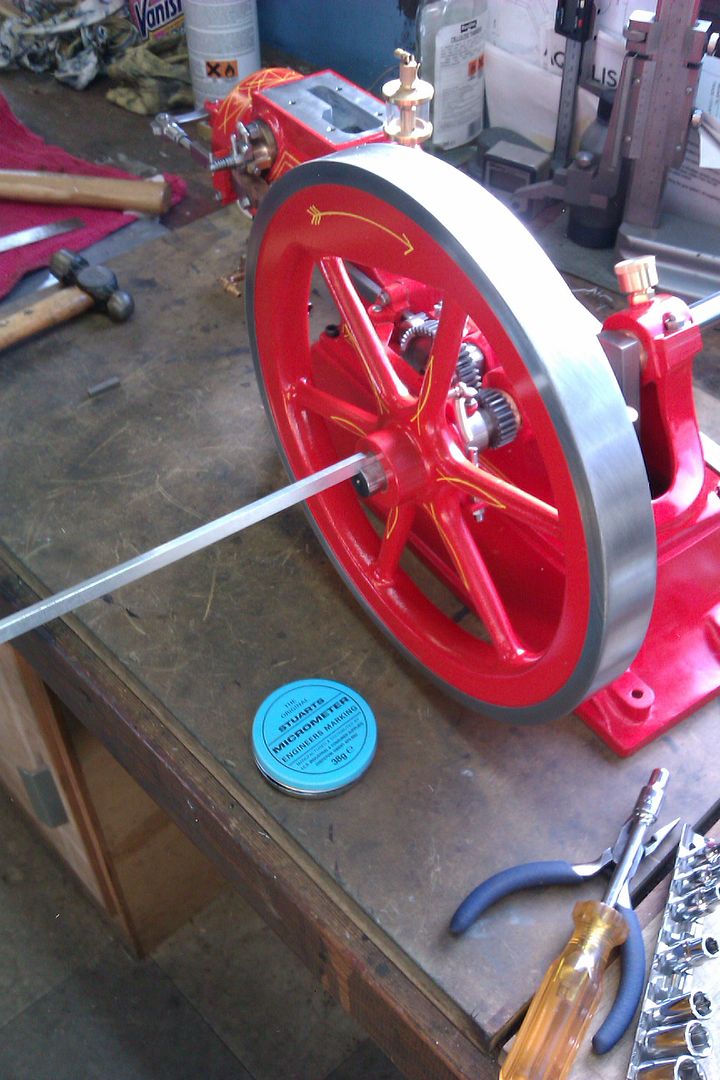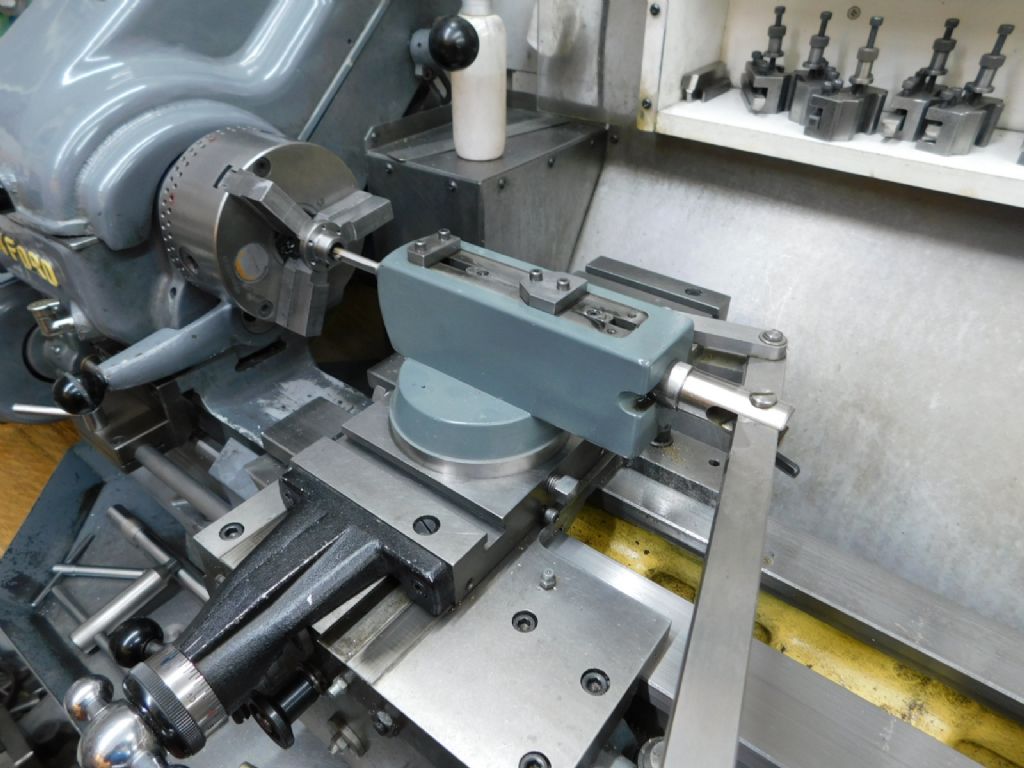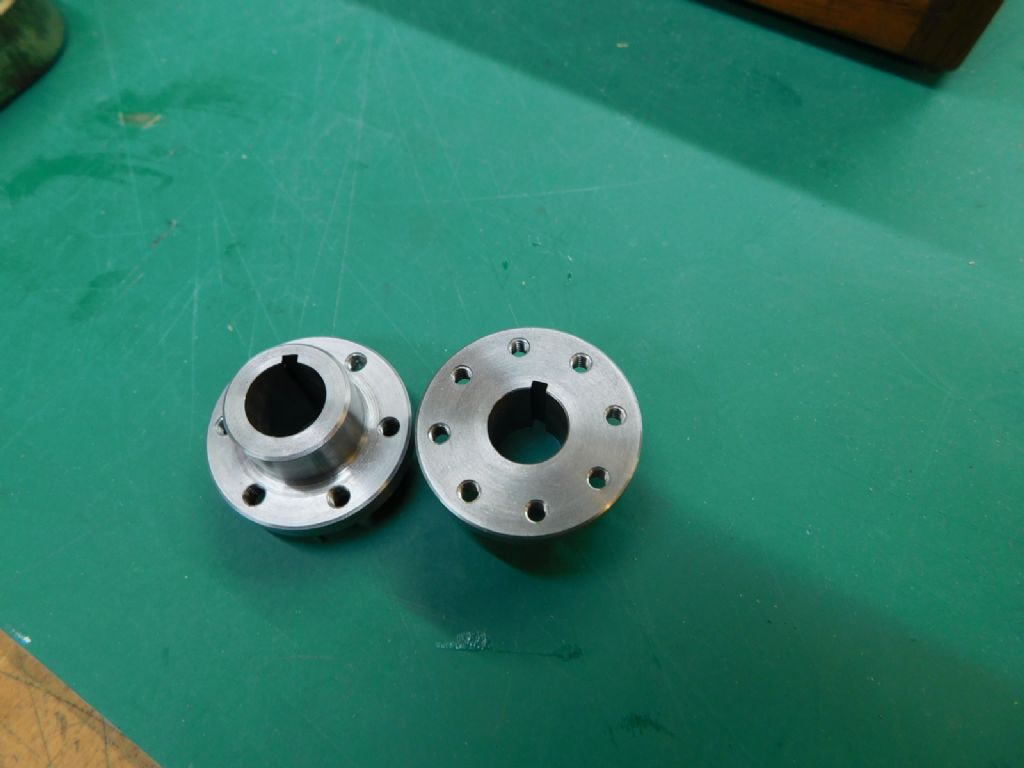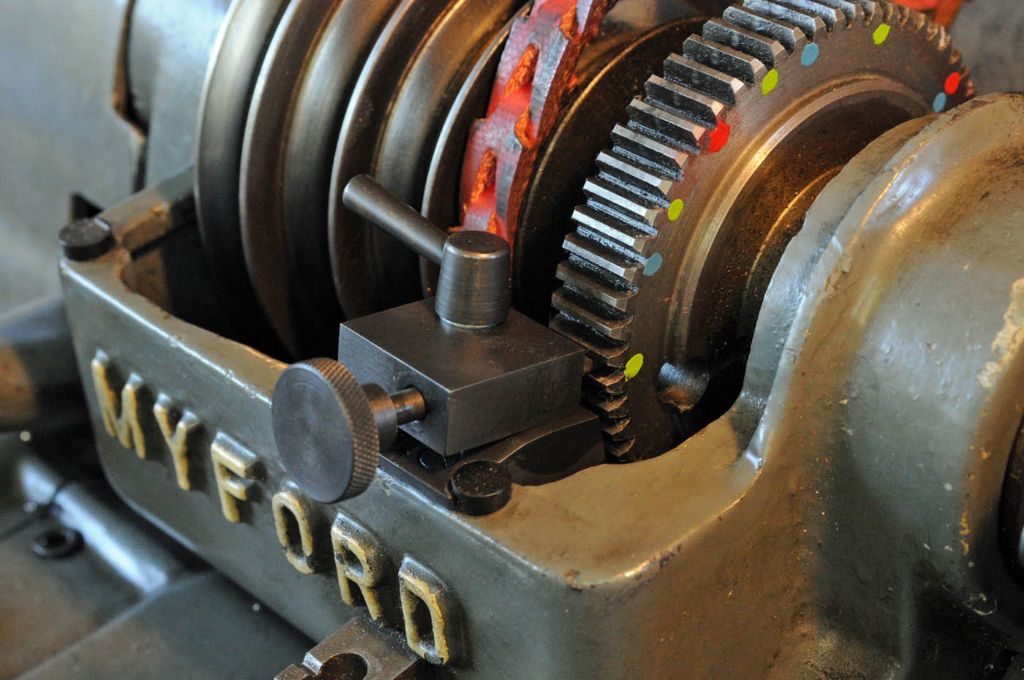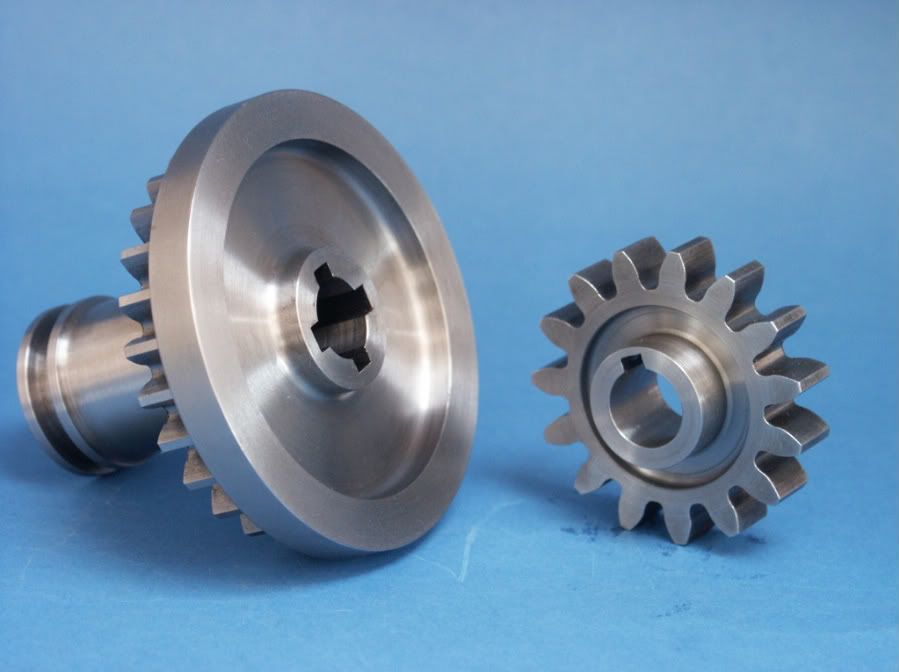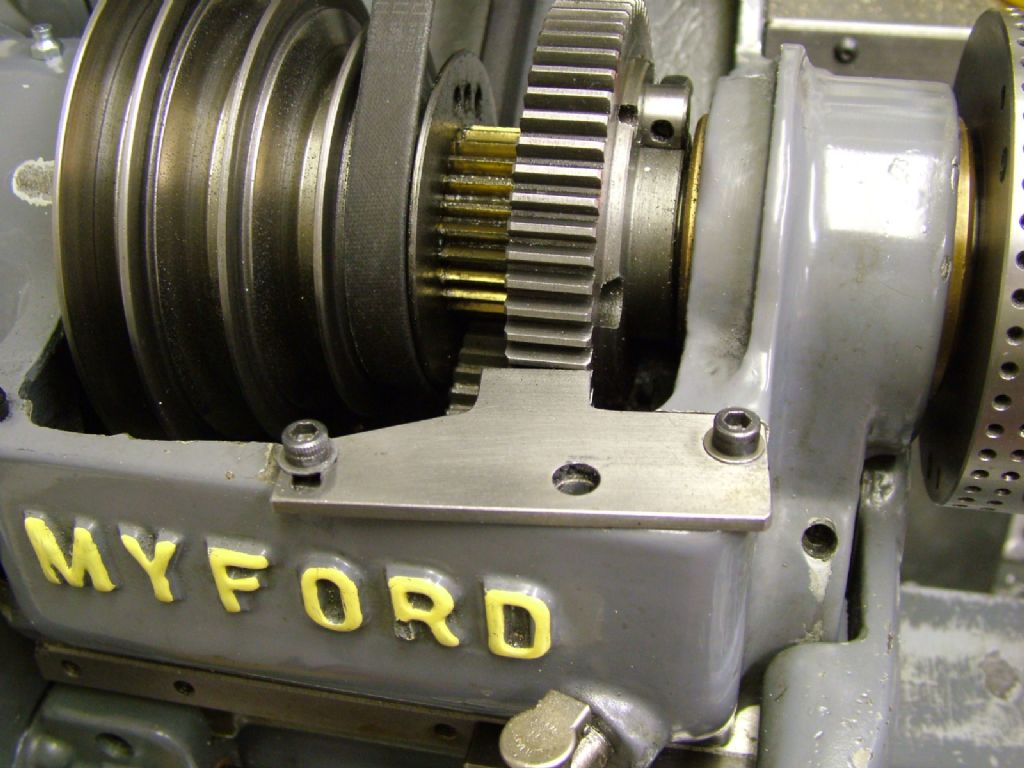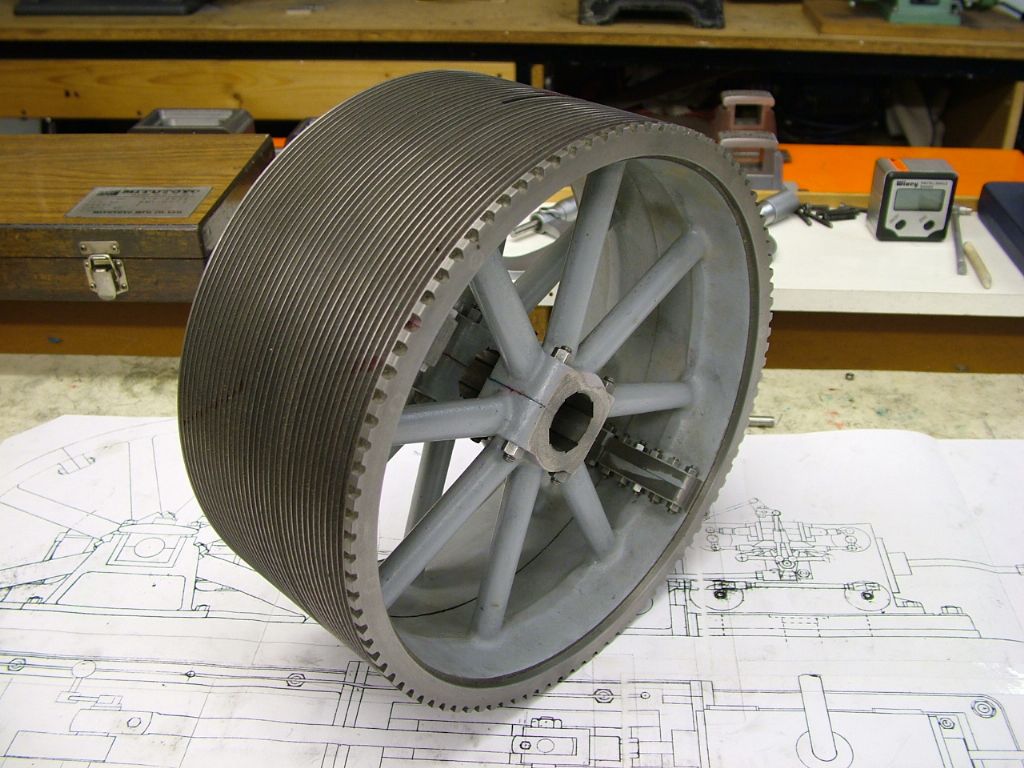Posted by Ramon Wilson on 08/08/2022 20:30:34:
Yes, I'm with Jason on the (non) use of a tapered key. If you use the saddle to cut it in the flywheel you can't cut it at an angle anyway. How do you plan to cut the keyways in the parts to be fitted BTW
If you cut the keyway parallel and you can slightly taper the key by careful filing until it tightens in the right spot but it will only be on the high point of course. A parallel key with a tiny grub screw is much the better option – the key does the driving, the screw just enough to keep it in place laterally.
I have just cut the keyways in the coupling and flywheel drive ends on the Marine Compound. The issue how to hold them in place poses the same question so a discreet grub-screw it is.
Sorry to quote myself guys but that is exactly what I said – once more bearing in mind the kit at Doc's disposal …
The slot in the shaft for the key is obviously parallel and done on the milling machine or in the lathe if you have a cross slide milling attachment and can lock the spindle
The keyway in the flywheel is for the most part and certainly in Doc's case likely to be cut using the lathe as a shaper. The only difficult part about that is A, to accurately shape a cutter of the desired width and B, to position it dead on centre line. The spindle does need to be held from rotating and he best way to do that without a purpose made spindle lock is to use the lowest back gear.
Getting the two keys at the same angular position however without a positive dividing device on both is flying on the seat of your pants – as said before personally I'd put this to one side – idealism is one thing reality is another but as always it's about choice. It's a lot of 'accuracy requirement' for little or no positive effect save for the satisfaction of trying and possibly some scale effect.
I made a slotting head for the Super 7 that can be set to cut a tapered keyway but have never had to use it in that fashion save once on the Bentley but that was at an angle on a tapered surface.
Here it is being used last week on the couplings referred to

There is still the difficulty of grinding the tool bit (by hand) to the right dimension at the same time as keeping it equal about the tool bit diameter but for a one off this could be milled in silver steel with far more accuracy.


Despite being very careful in slotting the shaft the slots were slightly oversize so a stepped 2-2.15mm key had to be made at one end and slightly less at the other
Broaches are fine – if you have them and the means to use them but they still don't cut a key on a taper – not that that is necessary as explained above and confirmed by Jason's comments – the key, from one side only, will induce tilt no matter how good the fit of flywheel to shaft. If you really want a tapered key as you show – to tighten the wheel to the shaft – then you need to do one at each side
The flywheel just has to go round and round – it isn't going to have to drive anything but it doesn't want to move radially (rock) on the key – getting one to fit just right is a task on it's own – two at 120 degrees is just making things (very) difficult for yourself.
But, as always, choice is choice and yours alone to make 
Ramon
PS Jason – Doc's ML7 has a 65T bull wheel so can't be used. The only option on a 7 is a dividing attachment in the rear of the spindle. Personally I would not rely on using the jaws to get the accuracy to match that of the dividing head (RT) used to mill the shaft
Edited By Ramon Wilson on 09/08/2022 08:34:13
 JasonB.
JasonB.








